We recently connected with Kimmy Noonen and have shared our conversation below.
Kimmy, thanks for joining us, excited to have you contributing your stories and insights. I’m sure there have been days where the challenges of being an artist or creative force you to think about what it would be like to just have a regular job. When’s the last time you felt that way? Did you have any insights from the experience?
In the 18 years my husband and I have been married, I’ve worked short term gigs, started and closed a photography business, taught as an adjunct professor, given birth to two humans, acted as primary caretaker to both, and ebbed and flowed through a lifelong art practice. In all those things, I’ve made staggeringly little money (Social Security barely knows I exist). In capitalism, worth is tied to income; in my life, my worth has been measured by energy output. I don’t think either of these are actually reasonable measurements of value, but it’s really hard to swim against the expectations of society. Countless times I’ve thought it would be easier to have a salary and automatic tax deductions, I’ve even longed to have a supervisor tell me what needs to be done next. But I also see my husband toiling away for our family in jobs that don’t support his creativity despite giving him money at the end of the week. Building a world takes sacrifices, ingenuity and seasonality. Maybe someday I’ll get a regular paycheck, maybe I won’t. I’m just happy knowing I’ll always be an artist and building a life isn’t meant to be done alone.

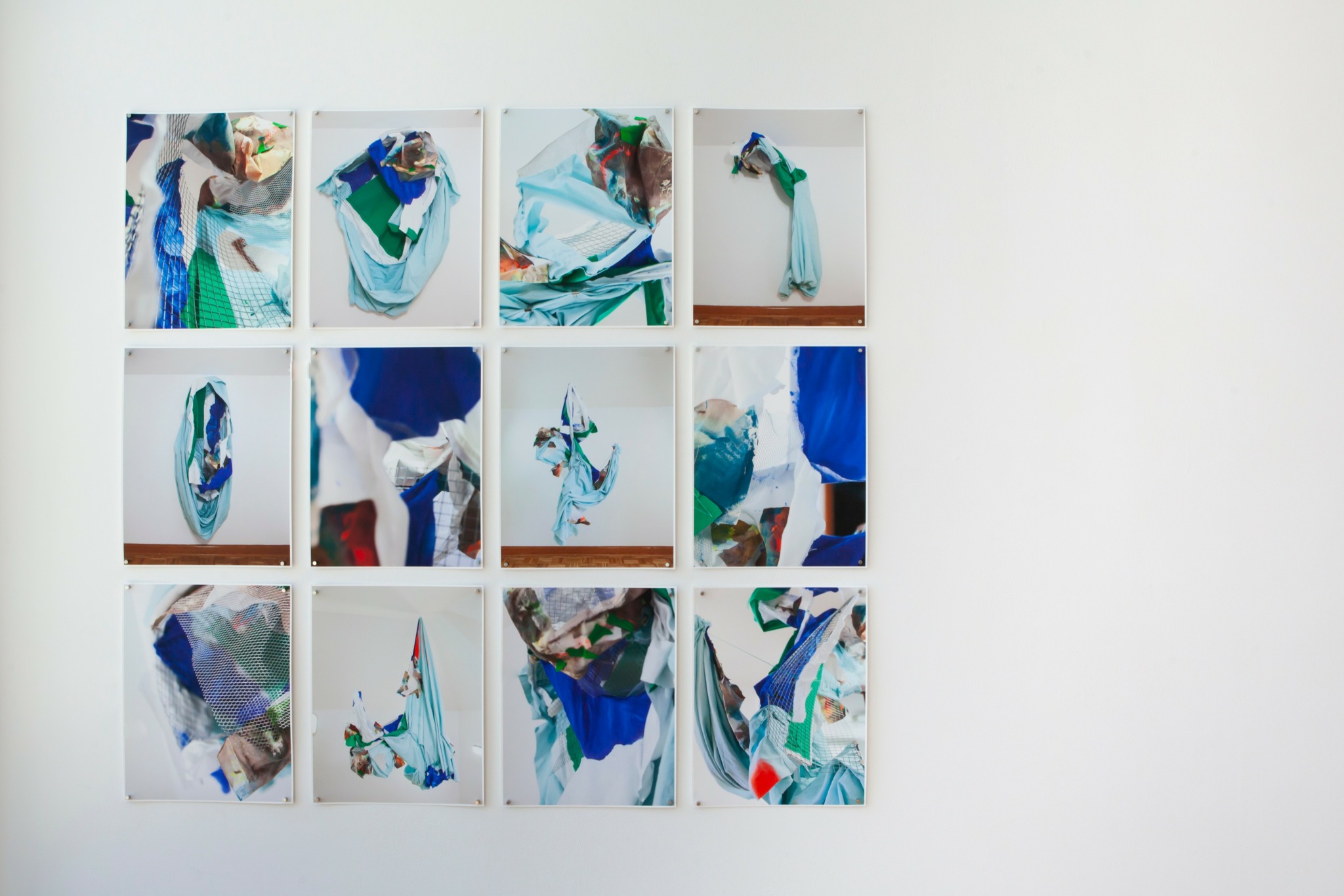
As always, we appreciate you sharing your insights and we’ve got a few more questions for you, but before we get to all of that can you take a minute to introduce yourself and give our readers some of your back background and context?
My name is Kimmy Noonen, or as some may know me, Kimmy Not Kim (a nickname that formed over years of politely asking people to stop shortening my quirky name). In undergrad I focused on painting, moved into performance and time-based media in graduate school, owned an event photography business for eight years, picked up textiles in early motherhood, and today have found my way to a practice that tries incorporates all of them at once. I’m most interested in the excavating and visualizing the curious, complex, and challenging aspects of the human social-emotional existence.
I also love to learn about the lives and practices of other creatives, so in 2023 I launched Kimmy Not Kim Podcast. It’s an organic, unscripted space, giving insight into the mind of visual artists, musicians, writers, performers and more. The best way to understand art is to understand the artist who made it. And in my opinion, the best wa to understand the artist is to hear their stories, struggles and how they build a real life mixed with a real practice. Please follow along on Spotify!
At a more in-depth level, my work uses abstraction, cartography (map-making techniques) and chance to imagine forms for invisible inner landscapes and ask questions about autonomy, interdependence and the expansion of identity over time.
As a child I inherited an ethos of black and white thinking, a cultural drug that promised comfort, certainty and safety all the days of my life. But I’ve discovered that life is rarely so polite as to go along with these expectations. Instead it often feels like detours, floods, and earthquakes that relentlessly reconfigure the landscape of my inner world. These continuous seismic shifts leave me with questions: When do I mend and when do I raze? How much of my inherited map do I trash and how much do I keep (and am I actually capable of doing either)? How do I comprehend the beauty found in contrast, monotony, anxiety and all things gray, without trapping it again in the prison of my certainty? What role do other people play in the transformation of what I think is essentially private? With these thoughts ever on the tip of my mind, I use paint, reclaimed fabrics, conversation, time and air to visualize the long journey of emotional and spiritual re/development.
My work is full of bright colors, sweeping gestures, and abstract layers of paint and textiles. Layers emulate the sediment that accumulate into mountains over thousands of years, stitched lines read like roadways winding through a fictional land. Neon colors and reclaimed materials point to the vibrant, excessive and sometimes overwhelming experience of traversing a 21st century life. My installations tend to be room sized, big enough for the viewer to be encompassed, a place to let our bodies relate to the breadth of our unanswerable questions rather than just our minds. My paintings on panel and paper are more traditional in size because it’s also very important to me that art is accessible for collectors from all walks of life. Having art in our homes elevates our spirits and reflects our own jouneys back to us at different stages of our story.
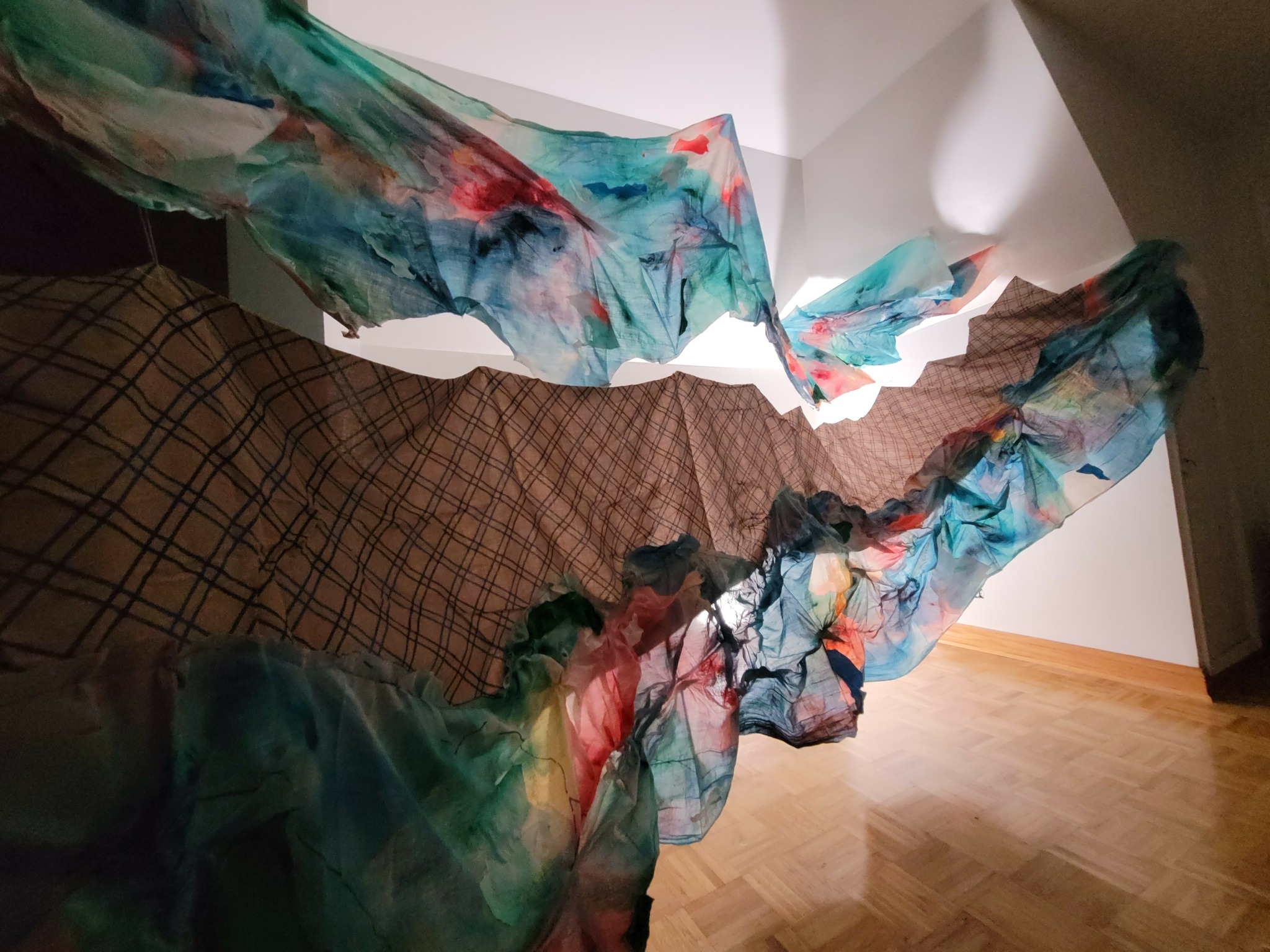

What’s a lesson you had to unlearn and what’s the backstory?
I spent so much time saying the word “never” during the first quarter century of my life. “I will never use computers to make art. I will never be a sculptor. I’ll never teach.” The list goes on and on. I was so passionate about what I wasn’t, that I forgot to be open to all the possibilities of what I could become. Everything I once said never to (every single thing) ended up coming to fruition eventually, and I was so much better for it. I mistook certainty for strategy. I let my sense of self become too entangled with how others saw me. I missed out on the creativity that comes with flexibility and playfulness because I was terrified of failing at something new. Eventually, every time I found myself smack dab in the center of a “never” situation, I took a deep breath and let myself be curious. After the tenth or twentieth time, I finally figured out it’s better to never say never in the first place.
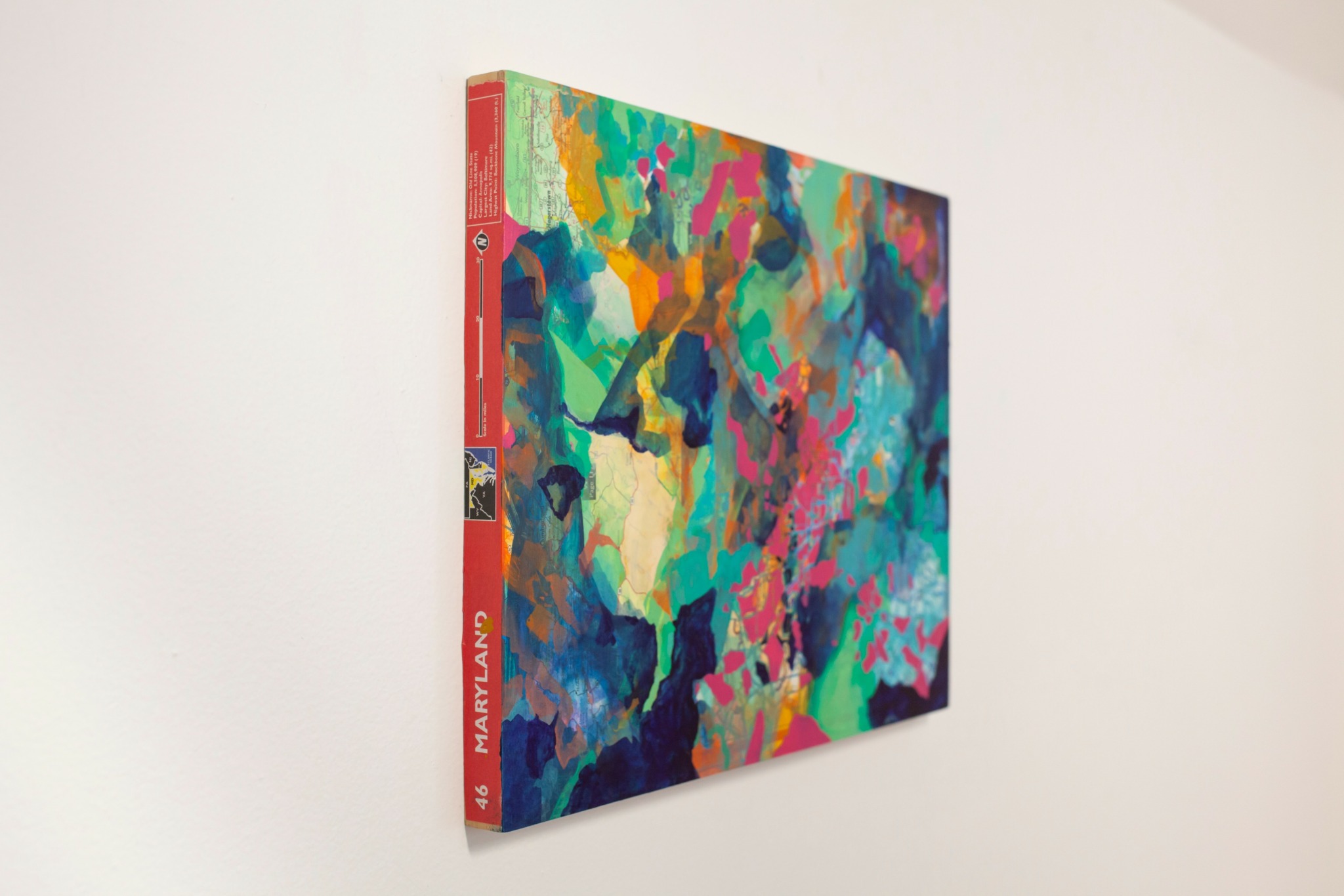

Are there any resources you wish you knew about earlier in your creative journey?
Honestly, I wish I’d understood the idea of friendship better when I was a young artist. Practically, the art world is built upon relationships, far more than any other resource I’ve encountered. Showing up for other artists is a gift that cannot be measured and it fosters all the magic invisible stuff that creativity requires. The majority of my closest relationships for years were not with artists. I thought it didn’t really matter, that I could participate in a professional art world without investing in the relational art world. Eventually I came to realize they are one in the same, this thing only works when we’re doing it together. At a macro level, it took many years of therapy for me to realize I had a distorted definition of friendship in general. This is my new definition: When being with a person causes your nervous system to relax while you both show mutual value and commitment to the relationship. Friendship is often felt in the body more than in the mind. I learned it’s healthy to describe relationships in different ways and create boundaries for how people relate to me. There are professional friendships, acquaintances, close friends, friends that played a significant role in your past but not in your present, people with needs you can meet, people with needs you can’t meet, and more. It’s not a friend or enemy binary, there are many categories that can help protect your heart while also giving you the essential, inspiring, supportive mojo you need to keep making your art with the folks who get you.
Contact Info:
- Website: https://www.kimmynotkim.com/
- Instagram: kimmynotkim
- Other: Spotify:
https://open.spotify.com/show/2eI10v7WJGKaGWYndPPPJ2?si=76f09e7998034cf4
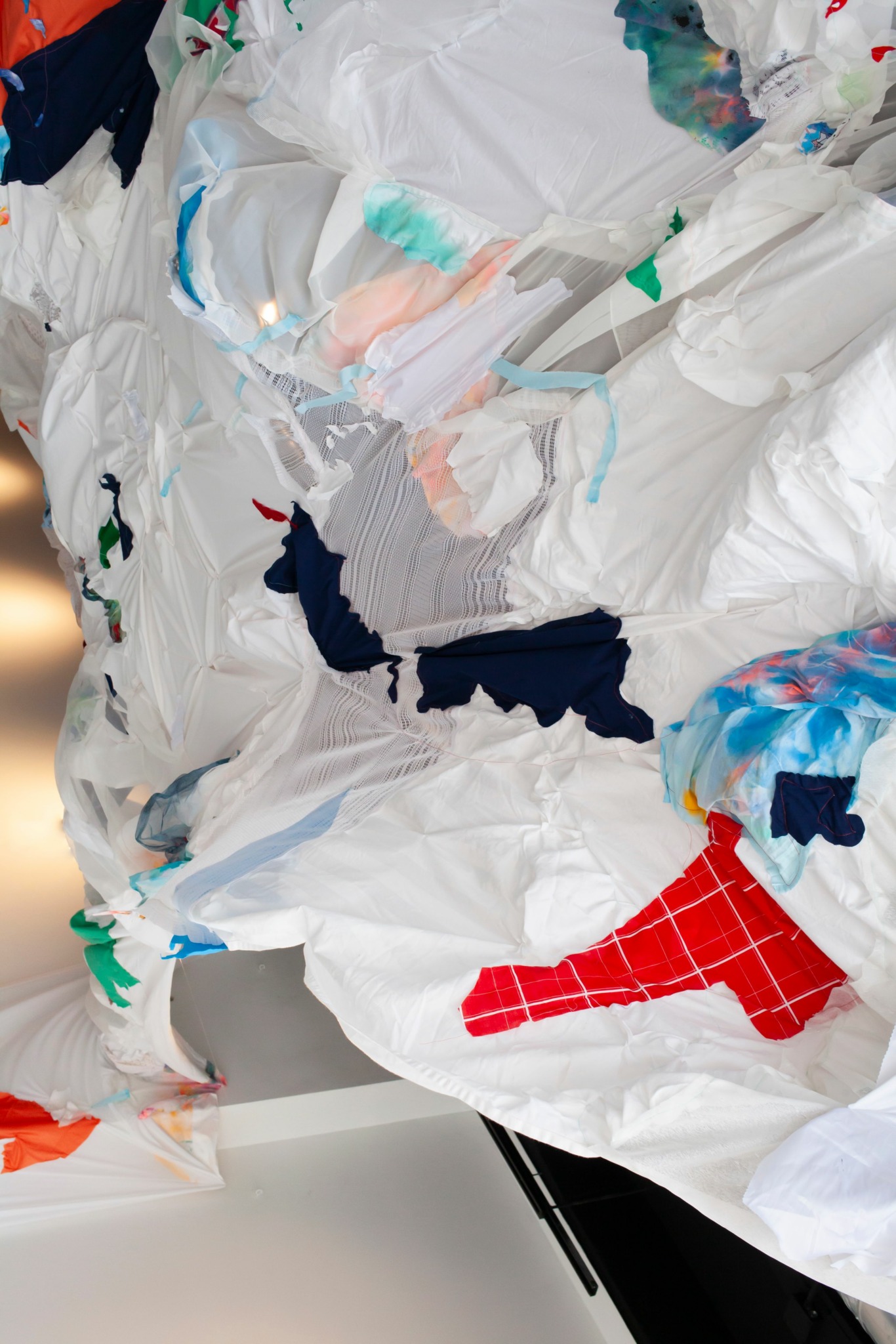
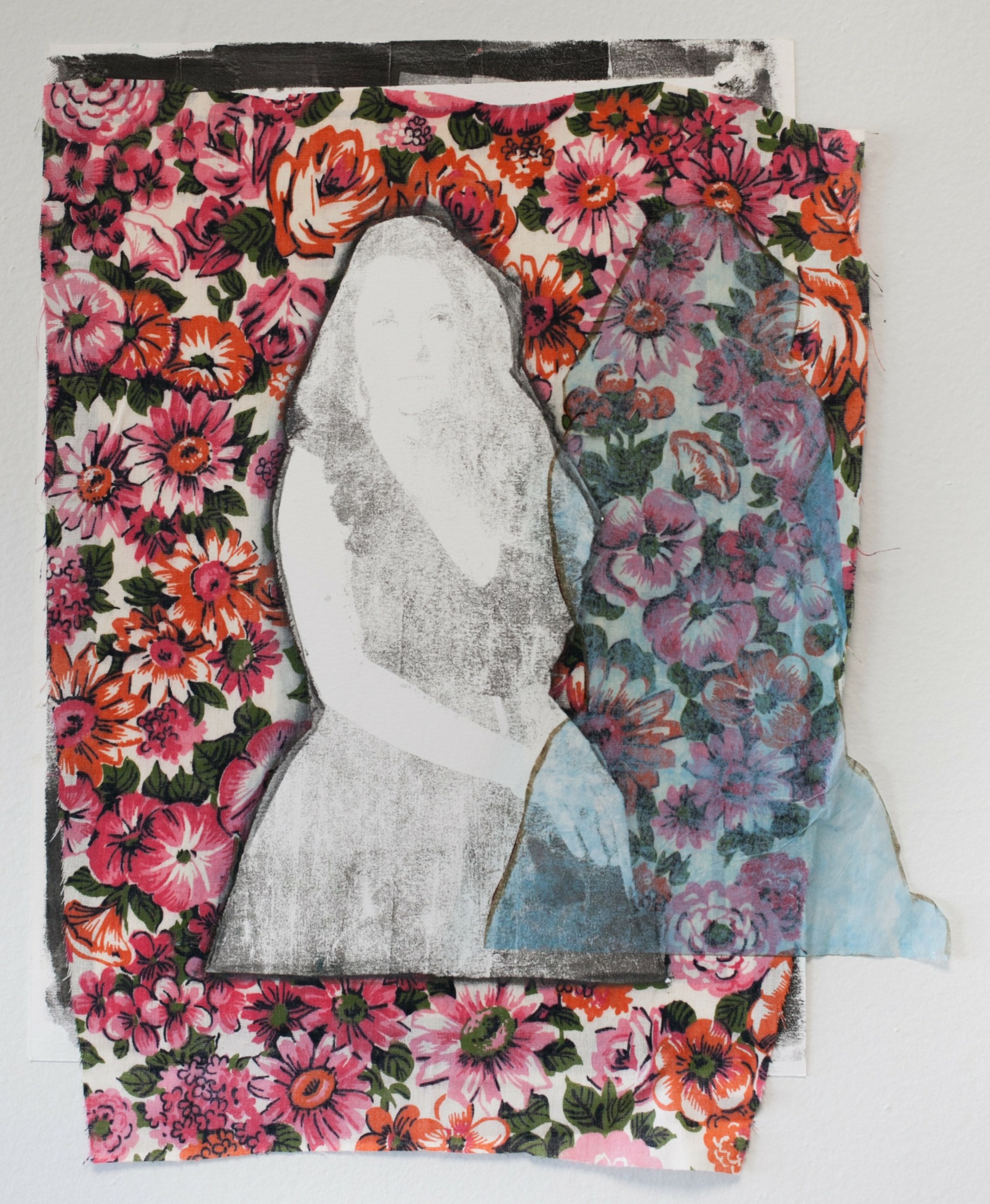
Image Credits
Portrait of the artist: Aanna Chase Photography


